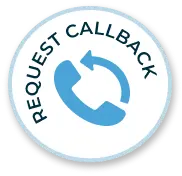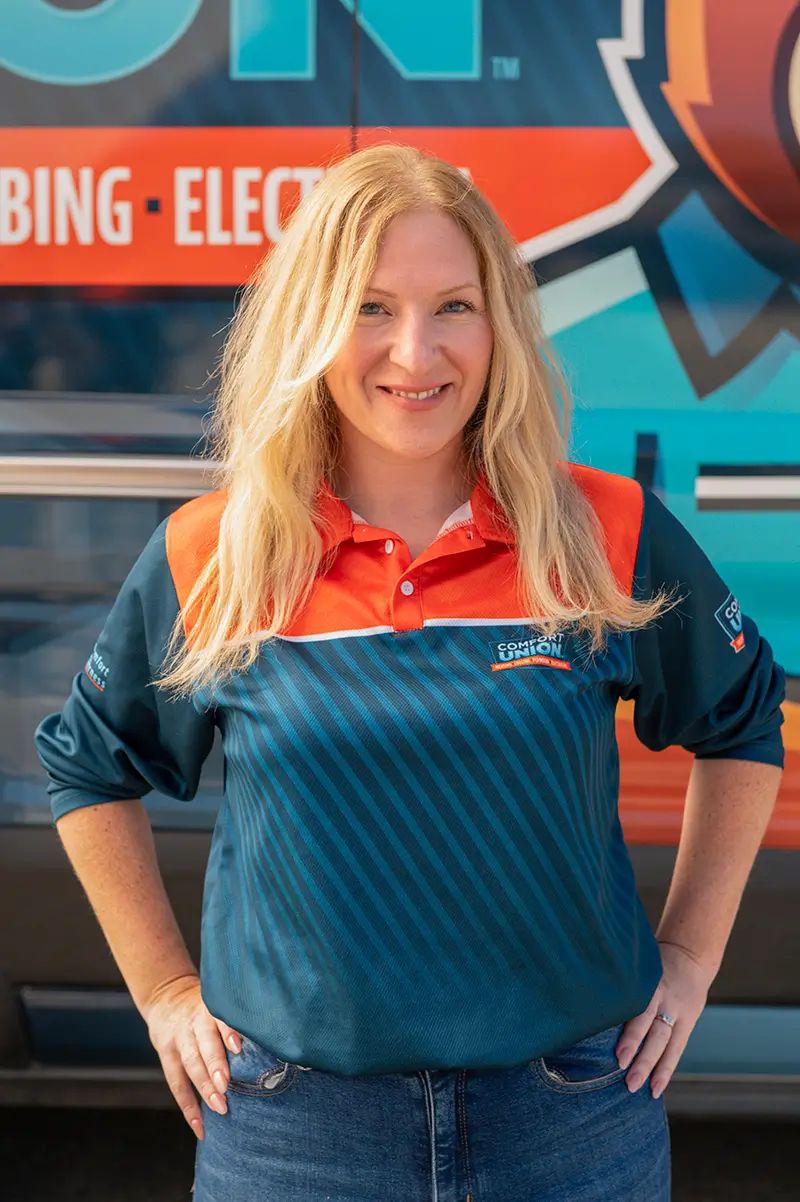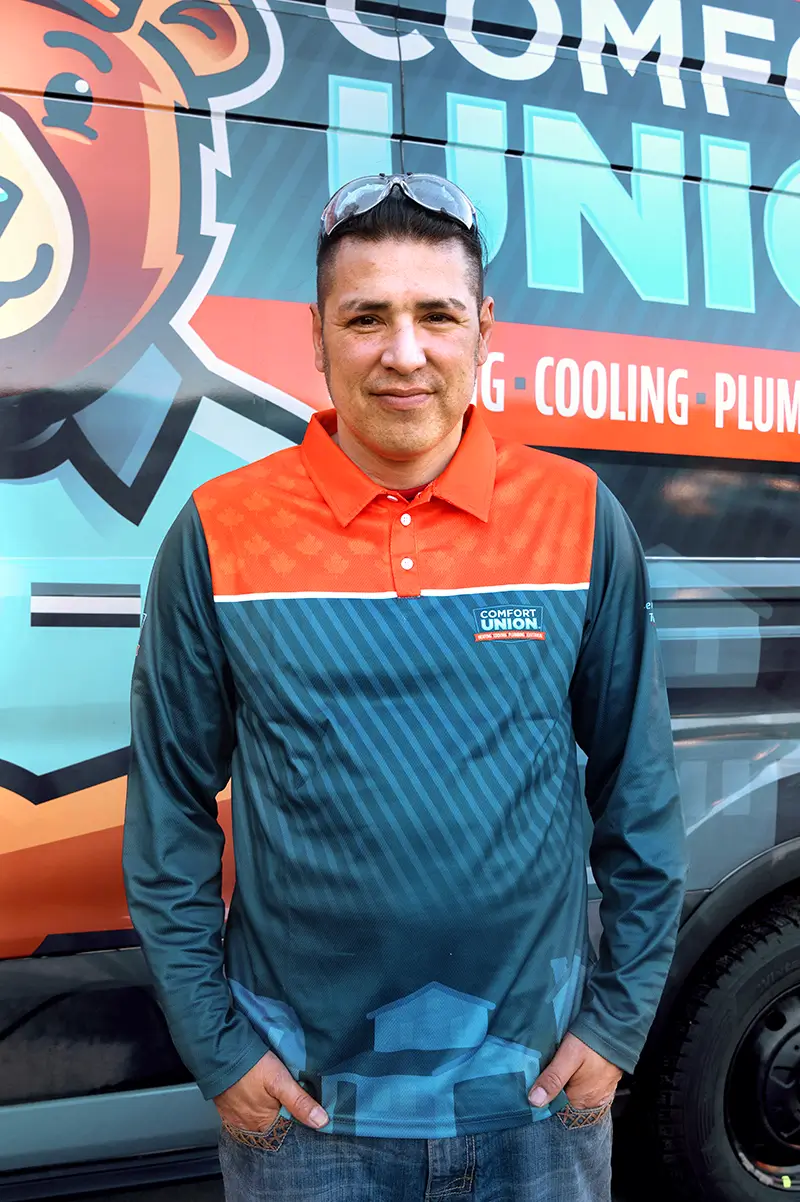Calgary’s long, cold heating season means your furnace runs for months at a time. Most homes rely on natural gas furnaces, and the control board ensures all critical components work together. From turning on the burners to activating the blower fan and monitoring safety switches, the control board manages your system so you stay warm while reducing energy waste. Without a properly functioning control board, you could face higher heating bills, inconsistent temperatures, or even safety hazards.
In this guide, we’ll explain how furnace control boards work, why they are crucial for Calgary homeowners, and how to spot potential issues before they turn into costly problems.
Need a New Furnace?
With Flexible Financing Options
What Is a Furnace Control Board and What Does It Do?

A furnace control board is the central hub that governs your heating system. When your thermostat calls for heat, the control board sends signals to the ignitor, gas valve, and blower motor. It also monitors safety switches like flame sensors, pressure switches, and limit switches to make sure everything runs safely. Essentially, it acts as the conductor of an orchestra, coordinating every step in the heating process so your furnace operates smoothly and efficiently. For more detailed technical insights, you can check out Emerson’s guide to integrated furnace control.
How the Furnace Control Board Works Step-by-Step
Here’s how the furnace control board works. Knowing this can help you understand where things can go wrong also for an easier troubleshooting process, should the event arise.
1. Thermostat Sends a Call for Heat
Your thermostat signals the control board that it’s time to heat your home.
2. Ignition Sequence Begins
The control board powers the inducer motor and ignitor, then opens the gas valve to light the burners.
3. Blower Motor Activates
Once the heat exchanger reaches the correct temperature, the control board turns on the blower motor to circulate warm air through your ducts.
3. Safety Monitoring
Throughout the operation, the control board checks flame sensors, limit switches, and pressure switches to ensure everything is safe.
4. System Shuts Off Safely
When your home reaches the desired temperature, or if a fault is detected, the control board shuts down the furnace until the next heating cycle.
Control Board’s Role in Efficiency, Reliability, and Safety
In Calgary homes, a well-functioning control board improves furnace efficiency by properly timing each component. It also enhances reliability, preventing misfires or short-cycling, and maintains safety by monitoring gas flow and preventing unsafe operation. Homeowners notice fewer temperature swings, quieter operation, and more consistent heat during Calgary’s coldest months.
Heat Pump vs Natural Gas Furnace: How Control Boards Differ
Natural gas furnaces rely on control boards to manage ignition, burners, and blower operation. Heat pumps also use control boards, but the functions differ: there’s no gas valve or ignition sequence, and the board primarily manages compressor and fan operation. For Calgary homeowners, a natural gas furnace control board is crucial for dependable winter warmth, while heat pumps may still rely on a backup furnace for extreme cold.
Signs Your Control Board May Be Failing

Calgary homeowners should watch for these warning signs:
- The furnace won’t start or frequently short-cycles.
- Blower runs constantly or fails to start.
- Unusual ignition behavior or flames.
- Diagnostic LED codes flashing on the furnace.
- Unexpected increases in energy bills despite normal usage.
Early detection can prevent more serious furnace problems and save money.
What to Do: Inspection, Repair, or Replacement
If you notice any signs of a failing control board, contact a certified HVAC technician. They will check wiring, sensors, and the board itself for faults. In some cases, replacing the board is more cost-effective than repairing other parts of an aging furnace. Calgary homeowners can explore professional furnace installation or annual tune-up services to ensure their system is ready for winter.
FAQs About Furnace Control Boards in Calgary
What does a furnace control board actually do?
It coordinates ignition, blower operation, and safety sensors, ensuring your furnace runs efficiently, safely, and provides consistent warmth in Calgary homes.
How long does a control board last in a Calgary furnace?
Typically 10–15 years, depending on usage, maintenance, and system quality. Regular checks help prevent failures and extend its life.
Can I replace the control board myself?
DIY replacement is risky due to electrical and gas components. Always hire a certified HVAC technician for safety and proper installation.
Does a heat pump use the same control board as a gas furnace?
No. Heat pumps manage compressors, fans, and valves, unlike gas furnaces, which control ignition and gas flow.
Why might my energy bill go up if the control board is failing?
A failing board can cause short-cycling or inefficient blower operation, forcing the furnace to use more energy.

Fast, reliable furnace repair in Calgary. We diagnose and fix all makes and models to restore your home’s warmth quickly and safely.

Keep your system running smoothly with a professional furnace tune-up in Calgary. We clean, inspect, and optimize for peak efficiency and safety.

Breathe easier with professional furnace duct cleaning in Calgary. Remove dust, debris, and allergens for cleaner air and better system performance.














